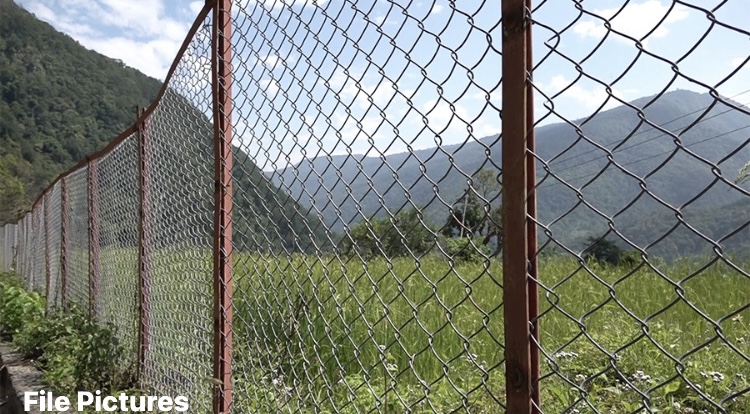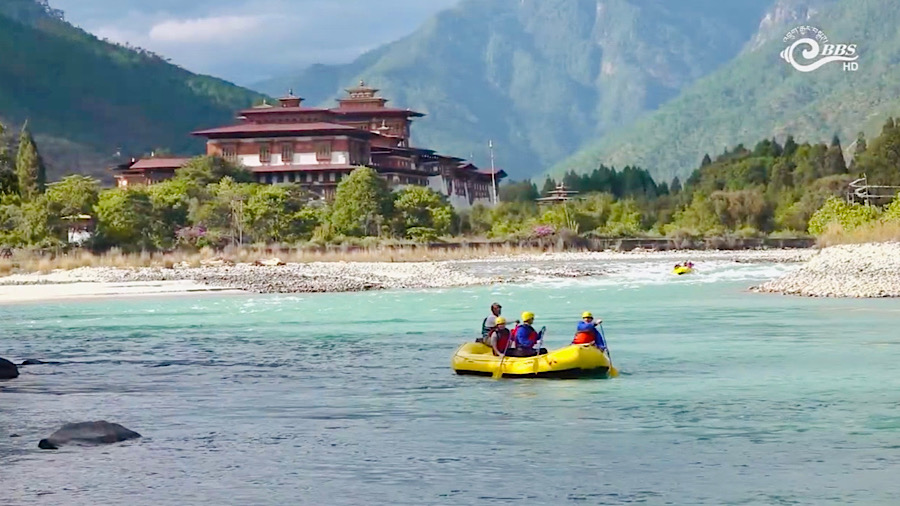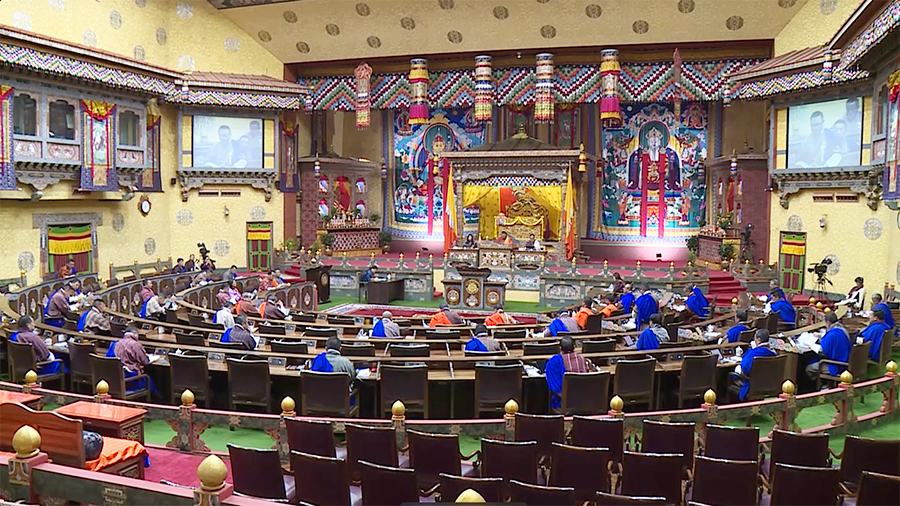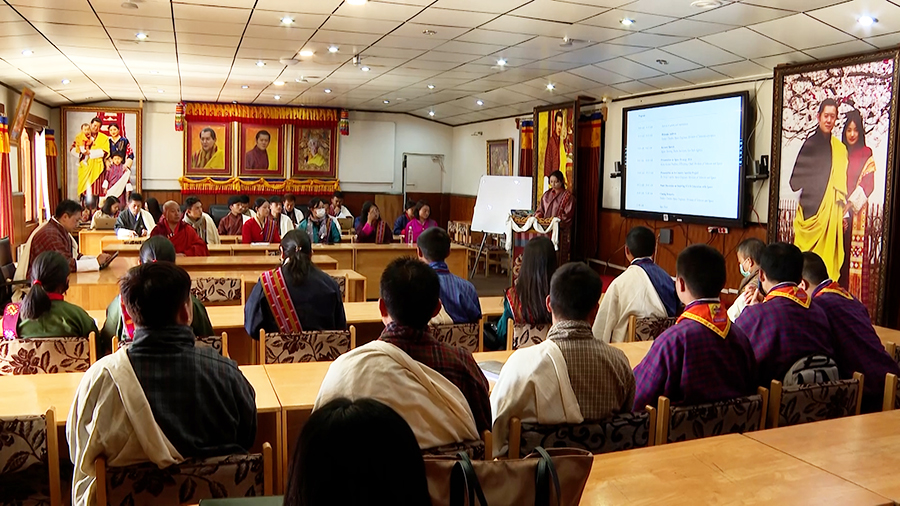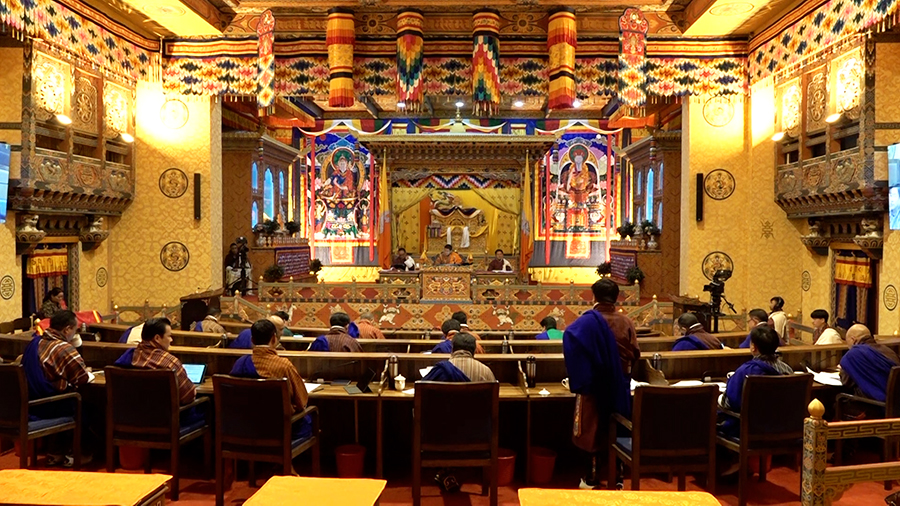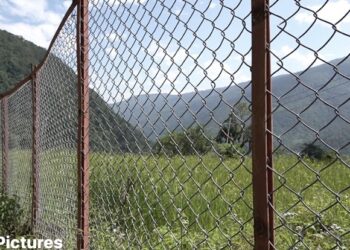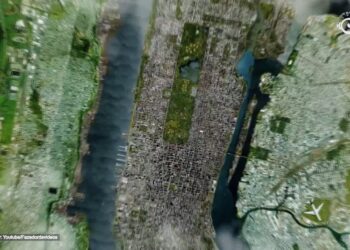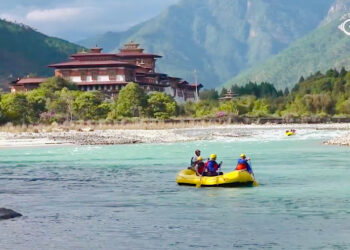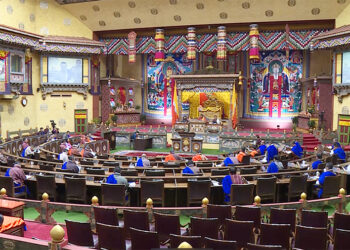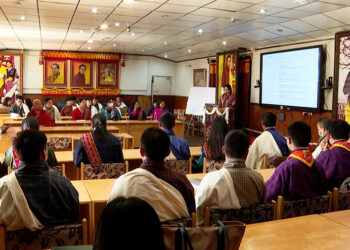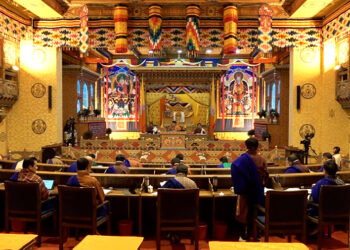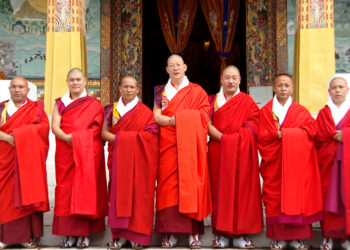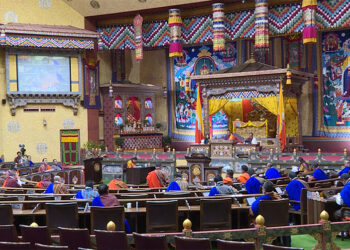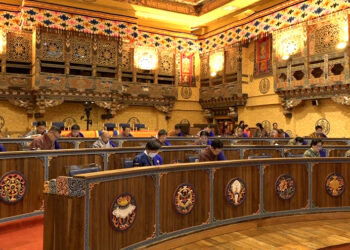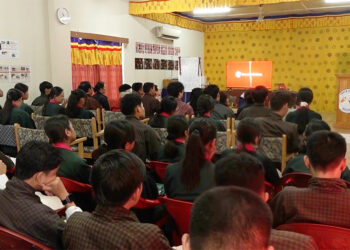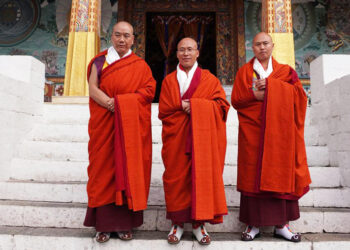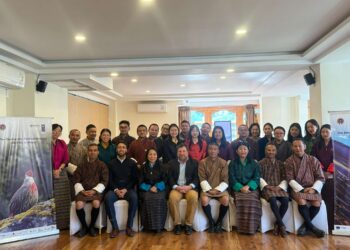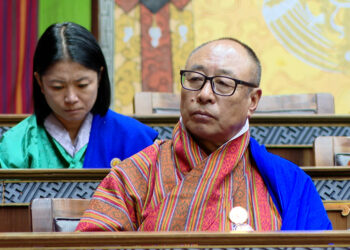Recent Stories
National Assembly adopts ACC Annual Report 2023-2024
The National Assembly adopted the Review Report of the Anti-Corruption Commission’s Annual Report 2023-2024, today. Of 41 members present in...
National Council deliberates Alternative Dispute Resolution (Amendment) Bill 2024
The National Council’s Legislative Committee presented the Alternative Dispute Resolution (Amendment) Bill 2024 for deliberation today. Originally introduced in 2013,...
Gelephu celebrates World Children’s Day
Gelephu celebrated this year’s World Children’s Day, marking 100 years of child rights. The two-day event features a series of...
Dorji Lopen confers dhar to newly appointed vice principal and lam
The Dorji Lopen of the Central Monastic Body conferred Dhar to the newly appointed vice principal and lam and awarded...
Workshop boosts capacity for biodiversity finance solutions
To address the funding gap in the country’s effort in biodiversity conservation, four innovative financing solutions under the UNDP Biodiversity...
Politics
National Assembly agrees to enact a Pension Act next year
After more than two decades of operating under an executive order, the country’s pension system is set to get a...
Popular
-
Opposition Leader calls for immediate RCSC action on civil servants attrition
-
News and media literacy resource book in Dzongkha and Braille
-
Service period for lump-sum pension withdrawal set to 23 years
-
Thimphu’s Traffic Division pilots dedicated left lane for taxis to ease traffic congestion
-
Over 200 vehicles imported in September
Recent News
ZAKAR
Recent News
- Farmers pin hopes on chain-link fencing to protect crops
- Bhutanese athletes head to Bahrain for Billie Jean King Cup 2024
- National Land Commission revising Geo-Information Policy 2018 for better data sharing
- Punakha’s rafting instructors work to protect nature and offer safe adventures
- Thai Doctors perform free total knee replacement surgeries in the country
News Category
- Accidents
- Agriculture
- Announcement
- Business
- Crime/Legal
- Culture
- Development
- Disaster
- Economy
- Education
- Environment
- Featured
- Festival
- Headlines
- Health
- Legal
- Literature
- Livestock
- Media
- Other Stories
- Politics
- Recent stories
- Religion
- Sci/Tech
- Social
- Sports
- Technology
- Tourism
- Uncategorized
- Video
- Video Story
- Wildlife
© 2024 BBSCL. All rights reserved.

